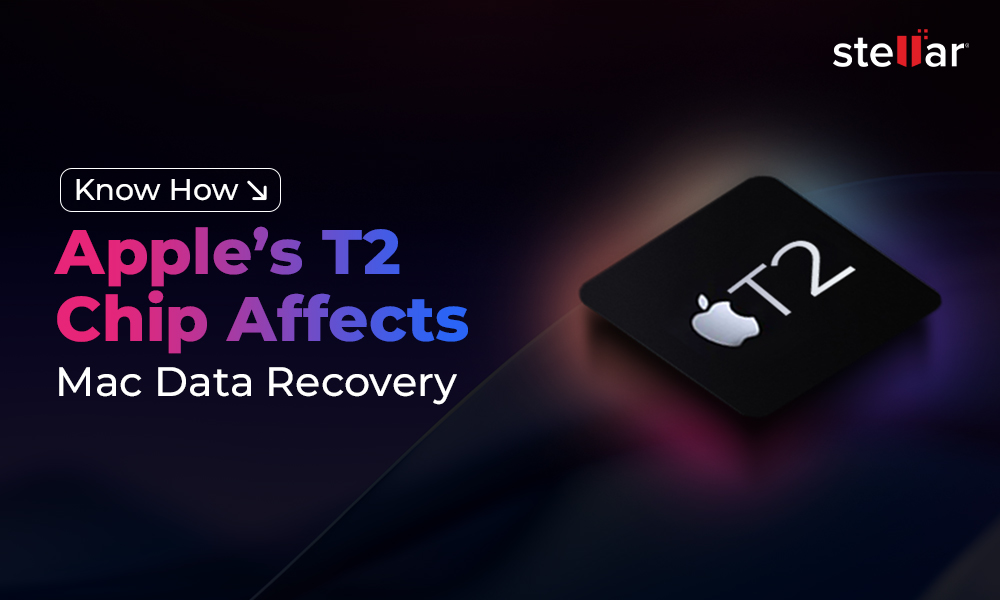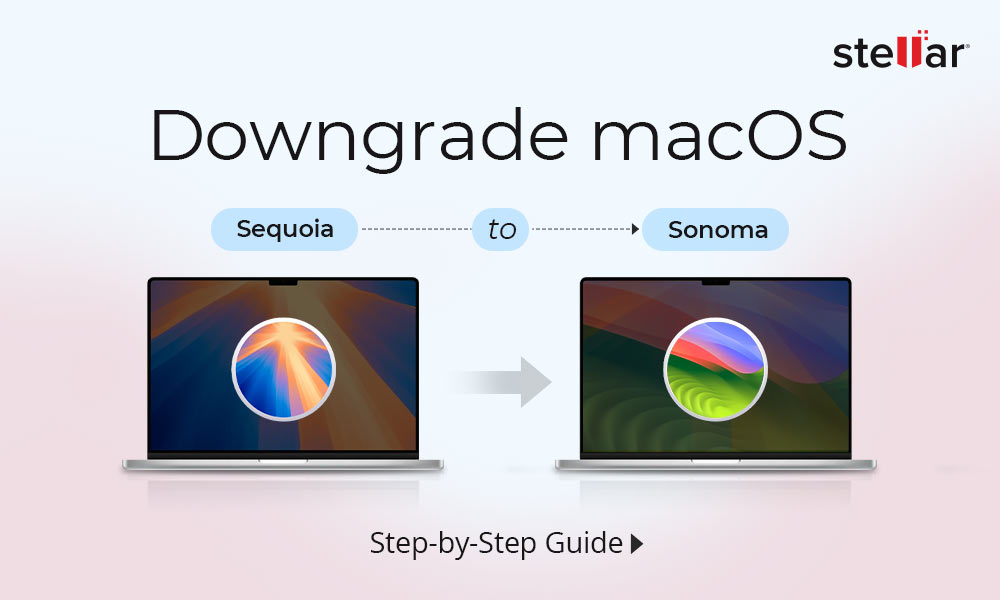Hard drives are mechanical beasts. Inside your Mac, a tiny read/write head darts over spinning platters full of magnetic bits. Over time (or after a brutal jolt), the platter surface can accumulate scratches or dents known as bad sectors. A single bad sector means any data on that part of the disk is unreadable. In a drive with billions of sectors, even a fraction of a percent going bad can turn into millions of corrupted bytes. Suddenly you’re staring at file errors, unexpected freezes or crashes, or a reluctant external drive.
Before you panic or trash your drive, there are things you can try. This guide walks you through diagnosing and mitigating bad sectors on a Mac drive, step by step. We’ll cover Disk Utility’s built-in checks, cloning techniques to safeguard data, and even a DIY recovery software option in case files have been lost. By the end, you’ll know how to give your battered drive the best fighting chance or at least salvage the data inside.
Common Causes of Bad Sectors
Bad sectors usually come from physical or electrical stress on the drive. A few common culprits:
- Aging and wear & tear. All spinning hard disks eventually develop bad sectors as they age. Apple’s support community notes that drives “eventually develop bad sectors that are mapped as unusable by the drive’s firmware,” and beyond a point the disk should simply be replaced.
- Physical shocks. Dropping or jarring your Mac (especially when the disk is spinning) can cause a head crash, literally scraping the platter surface. Even minor bumps can, over time, add up to platter damage.
- Power glitches. Sudden power cuts, electrical spikes or unplugging an external drive during a write can corrupt sectors. An interrupted write might leave a sector partially written and unusable.
- Heat and environment. Overheating, excessive humidity or dust can degrade the platter coating or electronics, leading to read/write failures.
- Firmware or manufacturing defects. Sometimes, drives leave the factory with tiny defects, or controller firmware bugs can create write errors that the drive can’t recover.
In short: once a sector goes bad, it means that the physical spot on the disk can no longer reliably hold data. The good news is that modern drives usually handle bad sectors internally – faulty bits get remapped to spare areas of the disk by the drive’s firmware – but if you start seeing I/O errors or strange behavior, it’s time to take action.
How to Tackle Bad Sectors on Mac?
Now let’s look at practical steps to diagnose and work around bad sectors on your Mac’s drive. We’ll start with the built-in tools and then explore cloning and recovery options. Note: You cannot physically “heal” a bad sector… you can only isolate it (so the system stops using it) or recover data around it. If the drive is truly failing, plan to replace it soon and keep backups!
Method 1: Use Disk Utility (SMART Check & First Aid)
Apple’s Disk Utility includes a few basic tools for checking drive health. While it won’t fix hardware damage, it can identify problems and repair file system issues. Here’s what to do:
- Boot into Recovery Mode. Restart your Mac into macOS recovery.
- Open Disk Utility. In the macOS Utilities window, choose Disk Utility and click Continue.

- Check SMART Status. In Disk Utility’s sidebar, select the disk device (look for the top-level drive name, not a volume under it). On the right, you’ll see details including “S.M.A.R.T. Status.”
- If it reads “Verified”, the drive reports it thinks it’s okay.
- If it says “Failing” (or anything bad), your drive is about to go south; back up everything ASAP and be prepared to replace it.
- Run First Aid. With the disk still selected, click the First Aid button (or, in older macOS versions, Repair Disk). Confirm to run. Disk Utility will perform multiple checks and attempt to repair any file system errors.

- Repeat if Needed. If First Aid finds errors and repairs them, run it again until it reports “The volume appears to be OK.” Apple’s experts advise running First Aid several times if there are problems. If it still can’t repair the disk after a few tries, the drive likely has unrecoverable issues – back up your data and consider replacing it.
Disk Utility’s First Aid is mainly checking the software structure (directories, permissions, partitions, etc.). It can’t repair a physically bad sector, but it can reclaim sectors that the OS thought were used. In practice, First Aid is a good first step – it might fix some minor issues and will give you a status of the drive. If it reports the drive as OK, great. If not, or if SMART was failing, it’s a sign of deeper trouble.
Method 2: Clone the Drive with Disk Utility Restore
If the drive is showing trouble, the safest tactic is to stop using it and make a copy of whatever data remains. That way you preserve a snapshot of its contents before it gets worse. macOS has a handy (if little-known) feature for this: Disk Utility’s Restore function can clone one drive to another. Here’s how:
- Get a good target drive. Connect a second drive (external HDD/SSD) of equal or larger size than your troubled disk. This will be the clone.
- Open Disk Utility (normal or Recovery). Select the target drive in the sidebar (the one you want to overwrite with the clone).
- Click the Restore tab. In newer macOS versions, this might be in the Edit menu or a “Restore” button. You want to restore onto the target drive.

- Choose the source. Click the “Restore from” or similar drop-down and pick your failing drive (the one with bad sectors).
- Start the clone. Confirm and let Disk Utility copy bit-for-bit from source to target. This may take a long time, especially if the source has a lot of data or errors.
- Wait for completion. Once done, the target drive is an exact clone of your original (including any damage). You should now work off the clone and not the damaged drive.
Cloning a disk gives you a safety copy to experiment with. In fact, data-recovery pros recommend cloning first: “They all should end up cloning the failing drive to a good new drive of equal or larger size. It is much easier to work from a healthy clone to finish the recovery process”. After cloning, you can mount or boot from the clone and try to copy off your files. If Disk Utility Restore encounters an unreadable sector, it may stop or skip it; this is a good thing, as it prevents copying corrupted data. In some cases, Disk Utility’s Restore might fail entirely due to errors – if so, you may need a specialized cloning tool (like Linux’s ddrescue, or see next section). But when it works, you end up with a healthy drive to recover from, leaving the damaged source untouched.
Method 3: Use Stellar Drive Monitor and Clone
Stellar Data Recovery Professional for Mac comes with a free Drive Monitor tool that watches your drive’s health in real time (temperature, performance, SMART details, etc.), and can help map out bad sectors. The general idea is:
- Download and install Stellar Data Recovery Professional for Mac. During install, it will include the Drive Monitor utility.
- Run Drive Monitor. Open the app and let it assess your drive. It can identify bad sectors or other anomalies.
- Use Clone/Disk Image. If bad sectors are confirmed, use the app’s Clone Disk or Image feature. Select the sick drive as the source, and a new healthy drive (or image file) as the destination. The software will copy the good parts and log/mask the bad ones.
- Recover from the clone. Once the clone or image is created, you can attempt file recovery from it.
Stellar’s tools effectively automate the clone-and-monitor process. The built-in Drive Monitor will flag if things look grim, and the cloning feature can skip unreadable sectors. This is similar to what a data recovery pro would do: creating a “clean” copy first. If you’re not comfortable with command-line cloning, a GUI tool like this can save time and avoid mistakes.
Recover Files with DIY Mac File Recovery Software
If bad sectors have made files disappear or you deleted files and want them back, a data recovery program can help. Our very own DIY Mac File Recovery Software for Restoring Lost or Deleted Files (Stellar Data Recovery for Mac) is designed for this. Here’s a video walkthrough for using it:
Since this software has a free demo, you can test it at no cost: scan your drive and preview your files. Stellar’s Mac recovery tool works on APFS, HFS+, FAT/exFAT and even Time Machine volumes, and is compatible with Ventura and earlier macOS versions. It’s built to be user-friendly (recovering your files can be “as simple as ABC,” they say).
By combining the above methods, many users have been able to neutralize bad sectors or at least rescue their important data. Cloning protects against further damage, and recovery software can fish your files out of the wreckage. If you see your files in the software preview, it’s a good sign you can get them back. Otherwise, the drive may be too far gone, and it’s safer to send it to a pro recovery service.
Conclusion
Bad sectors on a Mac hard drive are annoying but not necessarily catastrophic. You cannot repair them like you fix a floppy disk error – think of them as permanent bruises on the disk surface. However, you can work around them: run Disk Utility’s First Aid to clear any file system glitches, then clone the drive to a healthy disk so you have a copy to work with. Replace the old drive as soon as possible, since each bad sector is a ticking time bomb (once a drive uses up its spare sectors, you’ll see frequent crashes).
If files were lost or damaged by these sectors, try a robust recovery app. Our DIY Mac File Recovery Software for Restoring Lost or Deleted Files can scan the drive (or its clone) and attempt to recover your data. Its preview feature lets you see exactly what can be retrieved before you buy. If you successfully locate your files in the scan preview, upgrading to the paid version will unlock saving them.
In the end, remember this: nothing beats good backups. Bad sectors often signal a failing disk, so the smartest move is to replace the disk and restore from backup. Until then, use the tools above to minimize data loss and keep your Mac humming… even if its hard drive has a few scratches under the hood.
















 11 min read
11 min read





